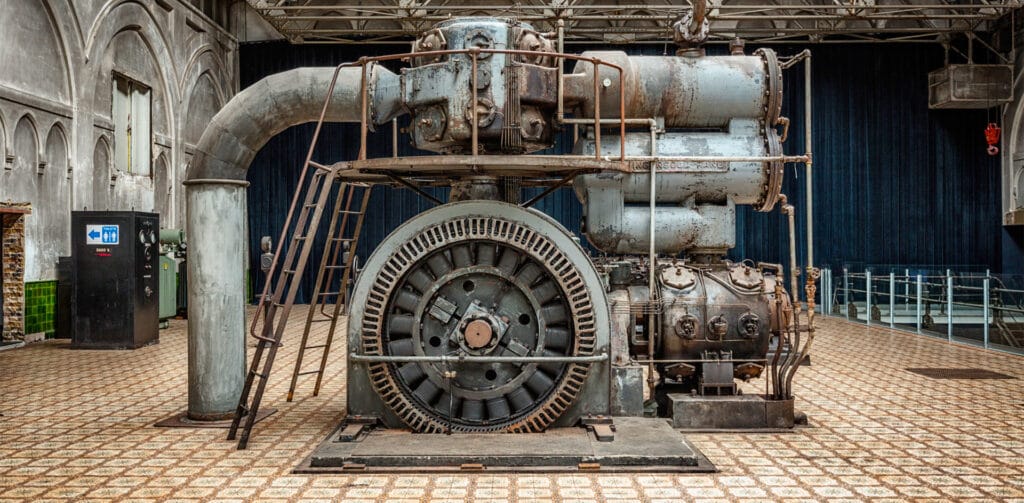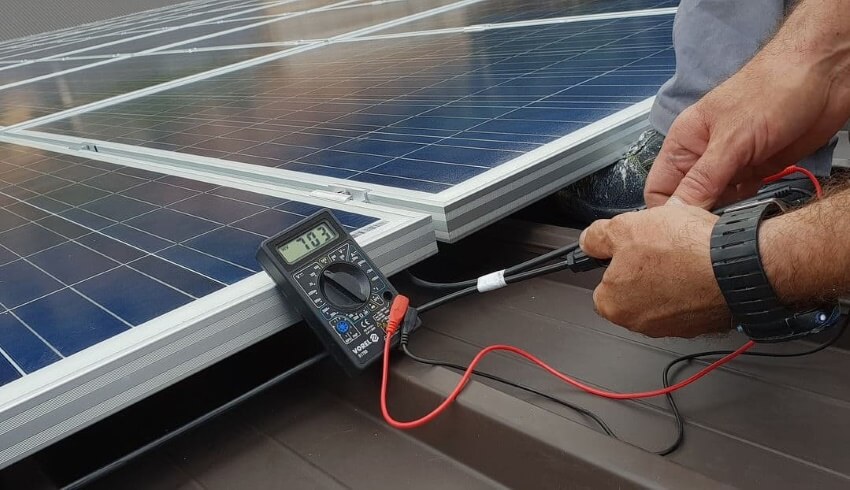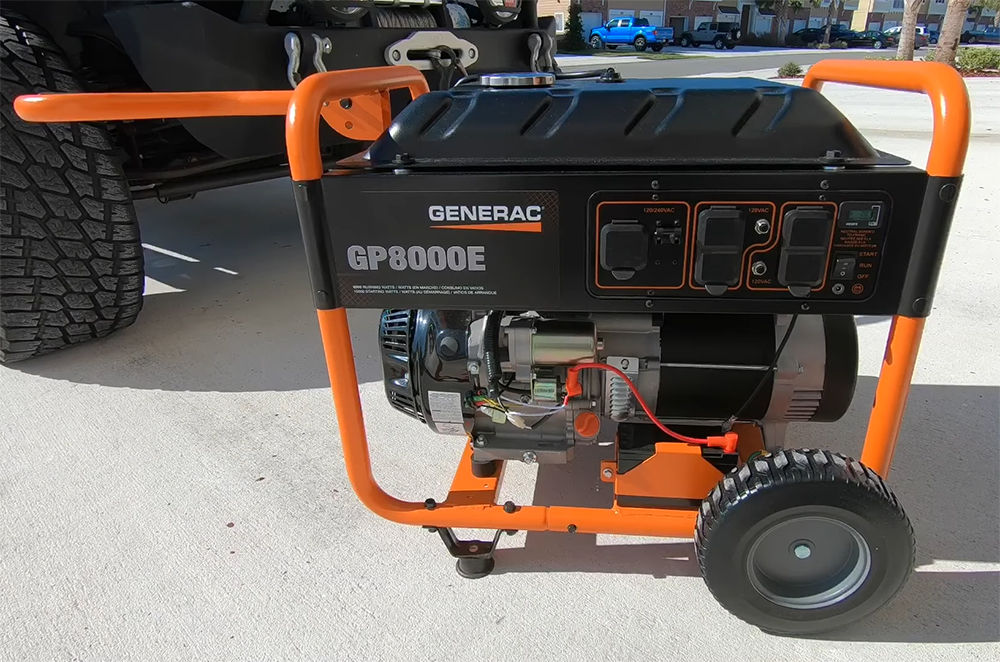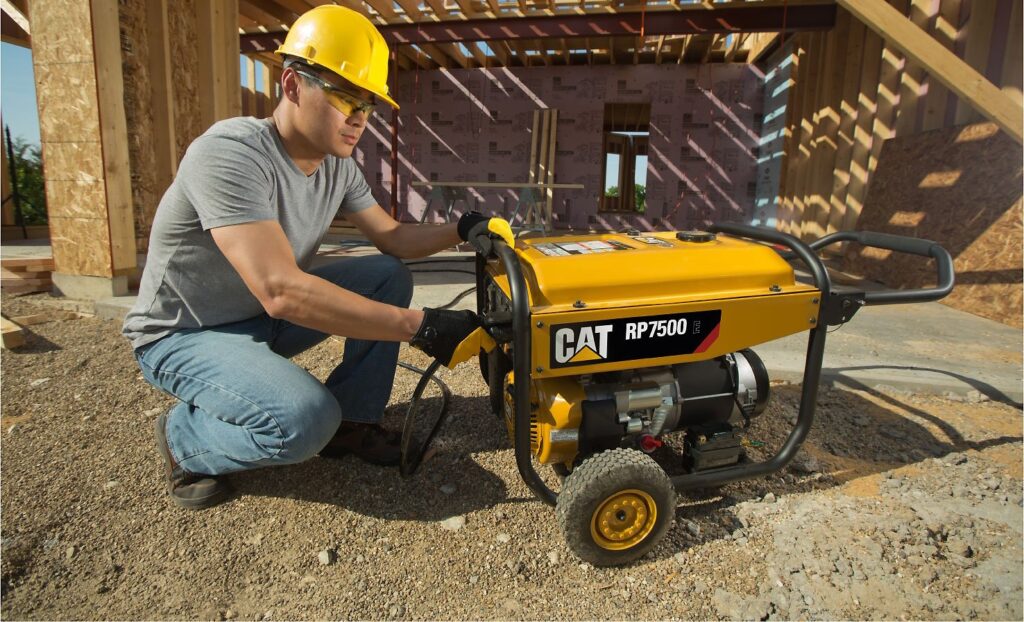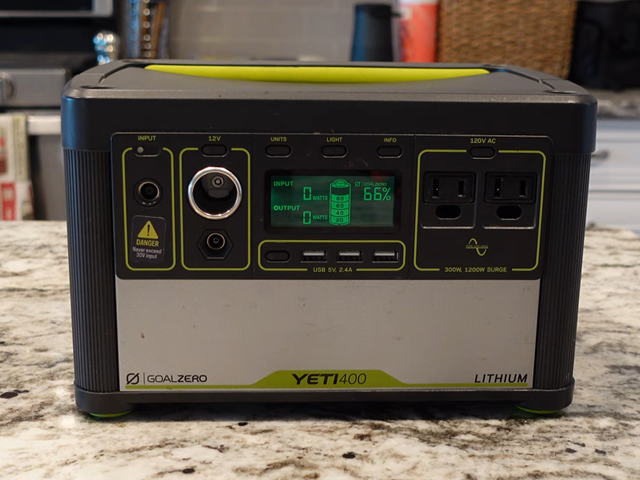
One of the downsides with most solar panels is that they’re less efficient during periods where there are low or no sunlight rays, i.e., during the winter while it snows or rains or during nighttime after the sun must have set, and there is no source of light.
Solar panels designed to stay efficient on cloudy days can help, and in this article, we will make a review of the five best solar panels for cloudy days. From monocrystalline to polycrystalline solar panels, here is a list of solar panels that work on cloudy days.
Other features: foldable design; FCC Certified; 4 adjustable kickstands; long-lasting ETFE material
The Bluetti SP200 is a solar panel with high-quality monocrystalline solar cells and an efficiency of over 23.5% (according to the manufacturer). The cells are well protected under a surface made of strong plastic material. The panel can be connected directly to the PowerOAK / Bluetti and other power stations via the permanently integrated cable and the standard MC4 connector.
The solar panel is a robust, mobile, and foldable solar panel for campers or vehicles and boats without a fixed solar system. It’s also, of course, suitable for power stations. It is robust and splash-proof in design and has high-quality workmanship. It can be set up or hung with attached loops. You can make a direct connection via MC4 connector to all common power stations with this panel system.
Other features: junction box with IP67 protection; flexing up to 30 degrees
With its back rear contact technology, this 100w monocrystalline Sunpower flexible solar panel has high efficiency (23% on the Maxeon cells). It is suitable for all uses, whether mobile or fixed, inland or marine environment. It is resistant to saline environments, bad weather and will keep supplying power even on cloudy days. It’s equipped with fixing eyelets and is easily attached to the roof of a boat, motorhome, the hood of a car, a tent, etc., and is easy to transport.
The SunPower 100W panels use very high-efficiency monocrystalline solar cells of the “SUNPOWER” type. Back contact technology provides exceptional conversion efficiency and improves panel performance when the light spectrum decreases. These characteristics make it ideal for use in isolated sites (marine, vehicle, home, pumping, radio communication) in varying atmospheric conditions. The Flexible 100w solar panel is ideal for powering your boat or motorhome, caravans, and mobile homes.
Other features: IP65 waterproof; high wind (2400PA) and snow (5400PA) loads; diodes pre-installed in junction box
The Newpowa is a set of two photovoltaic 100-watt solar panels that goes perfect on the roof of a house or an RV. The performance of the panel is very good, even in less than ideal conditions. The unit has diodes pre-installed in the junction box with two MC4 cables measuring three feet. The tempered solar glass surface has a strong and durable coating.
Newpowa 100W can be perfect for many needs. Are you looking for a photovoltaic solar panel for your home? Are you looking for a photovoltaic solar panel for your caravan? Are you looking for a photovoltaic solar panel for your boat? If your answers to any of these questions are yes, Newpowa 100W is undoubtedly your best option!
Other features: positive output tolerance (0-3%); IP67 waterproof rating; withstands high winds (2400PA) and snow (5400PA) loads
Very easy to install, the RENOGY 100W kit is all-inclusive. You have every component to have a system independent of the electrical network. Rated the bestselling solar panel on Amazon, the photovoltaic solar panel has high efficiency. It uses monocrystalline solar cells, which guarantees a higher performance.
The Renogy solar kit is perfect for people who want to get started harnessing the benefits of solar energy. You can do an installation in a caravan, cabin, or sailboat. With a kit like this, you will extend your trips more than ever. Imagine that after the kit is installed, then you need more charging power.
Other features: IP67 waterproof; foldable design; adjustable kickstand
Ecoflow is a recent company and initially specialized in the design of drones. Concerned about the environmental issue, their designers have gradually made a shift towards the development of equipment operating on the model of renewable energies. The portable solar panel offered by the brand here has a power of 110 watts.
The operation of this model differs from the other devices presented above. Here the user will be reserved for people wishing to supply themselves with electricity during their trip in a motorhome, for example. Do not consider buying such a product to go on a trek in the mountains.
The use of solar panels has gained ground in recent years. This is a system that allows electricity to be produced but in an ecological way. Today, there are more and more homes that are equipped with this equipment. This buying guide for the best solar panels for cloudy weather will assist you in your research, where you should focus on device power, size, ease of installation, among others.
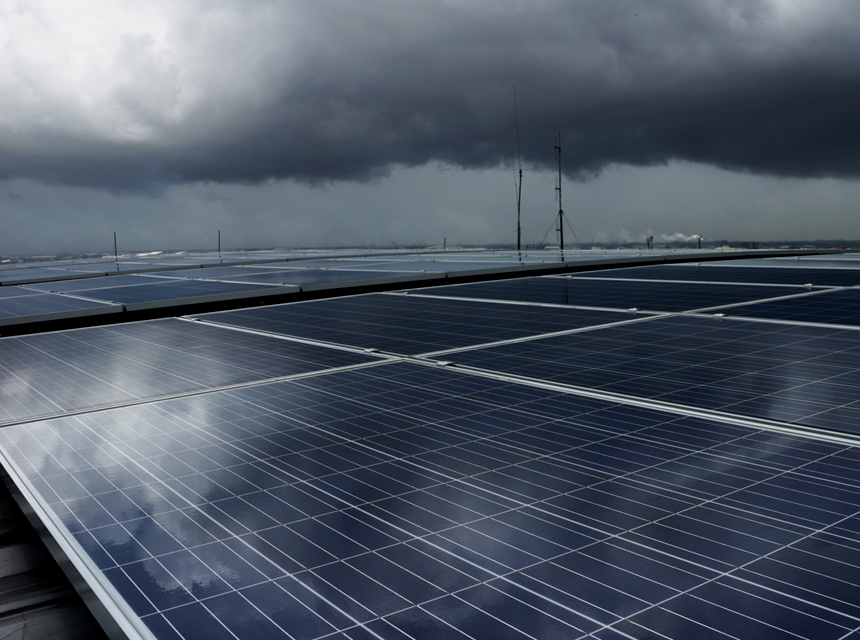
The answer would be yes and no; some types of solar panels will shut down as the eye of the sun shuts or is obstructed. However, many highly efficient monocrystalline solar panels will continue to work on cloudy days.
It is understandable when many people think otherwise since the initial intuition leads us to associate photovoltaic energy with the heat of the sun. It is important to know that this is usually not the case. Some panels are powered by sunlight and not by their heat.
While clouds can limit direct radiation from the sun, they do not prevent light from reaching solar panels. The energy that solar panels absorb comes from both visible light and a range of different wavelengths, many of which can penetrate the cloud layer without any problem. It is known as diffuse radiation Trusted Source Solar Radiation Basics | Department of Energy Learn the basics of solar radiation, also called sunlight or the solar resource, a general term for electromagnetic radiation emitted by the sun. www.energy.gov , and it occurs when the sun’s rays do not hit the solar panels directly, having to pass through clouds or fog.
So as long as the environment is luminous, the panels will continue to generate energy, whether it is cloudy or sunny.
Now, the effect of very cloudy or completely covered days is going to be observed in the amount of energy that the photovoltaic modules are capable of producing, that is, in their performance or efficiency.
Photovoltaic panels are made up of solar cells that collect sunlight and convert it into direct current (DC). This current is sent to the inverter to convert it into alternating current (AC), which is the electrical energy that we usually consume in most homes. The performance of a solar panel would therefore be the percentage of sunlight that the panel collects and converts into the actual electricity we consume. The greater the amount of energy produced, the higher the performance of our photovoltaic modules.
Different factors can influence this performance. In the case of cloudy or overcast days, we especially highlight two: the technology of the panels and the type or thickness of the clouds.
At the technology level, the cells from which our solar panels are made are those that convert the sunlight that falls on them into electricity (photoelectric effect). Larger cells will be more effective in capturing solar light. In the same way, other technologies can be more efficient than others, such as bifacial panels Trusted Source Bifacial Solar Panels: Residential Uses and Trends Bifacial solar panels have higher efficiencies and their prices become competitive with monofacials, being a good option for solar projects. solarmagazine.com , by being able to collect more solar radiation throughout the day.
Beyond the photovoltaic modules, the other components of the installation, such as the inverter, the wiring, and the battery, if available, also influence performance.
As for clouds, not all types affect performance in the same way. In this sense, low, dense clouds with different degrees of opacity (nimbostratus clouds and strata or fogs) are the ones that most limit the performance of solar panels.
Although technologies are advancing rapidly and there are already models of solar panels that improve normal performance on cloudy days. The best way to take advantage of the photovoltaic installation on days when the production of the panels drops considerably is to get an energy storage system or solar batteries.
In this way, you can take advantage of production surpluses on sunny days to use them at night or on days when performance drops due to causes external to the installation, such as overcast weather.
Another possibility if you have a self-consumption installation connected to the grid is to dump the excess energy, requesting your utility company to compensate you for the surpluses in the electricity bill.
In case you have an isolated photovoltaic installation, in addition to the batteries, a backup generator can be useful.
Solar panels come in various technologies and forms. Here, we are talking about the monocrystalline and the polycrystalline panels, as well as, the flexible and rigid models.
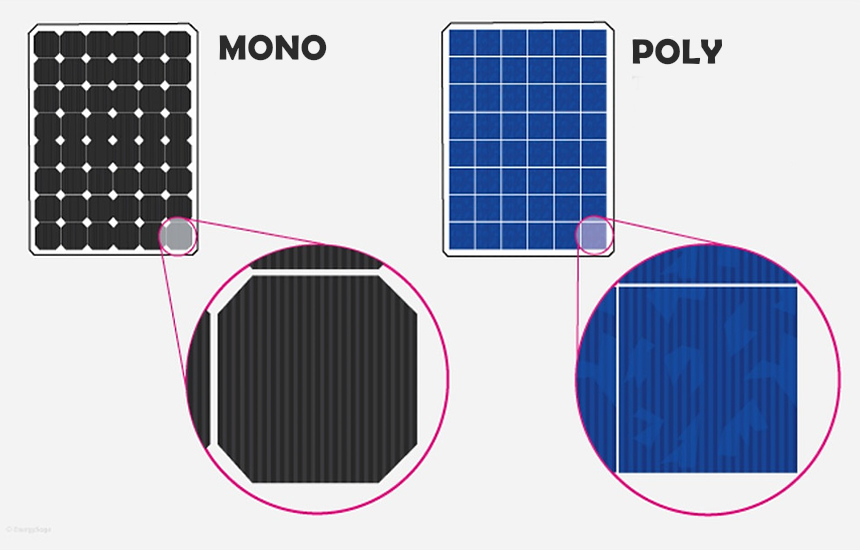
The monocrystalline panels are generally very popular due to their more efficient performance, up to 23 percent efficiency as with the SunPower Flexible 100W and the BLUETTI SP200 panels. These panels are those that appear to have a fairly dark blue color or are turning gray. Because of their quality, they are more expensive to produce. Their production involves the use of a crystal block of molten silicon.
The polycrystalline panels (or “Poly”) are, in turn, made from silicon tips. They are recognized by their light blue color. These products have lower prices than monocrystalline ones, and their yield is a bit lower, between 11 and 17 percent. A typical example is the Newpowa 100W PV Solar Panel.
The difference between the two is in the voltage, knowing that the panel with monocrystalline cells will be higher, as well as its surface efficiency (quantity of electricity produced at the same surface).
However, the most important thing is to have good sunshine and a good panel inclination, whether it is above your motorhome, on the roof of a house, or placed on the ground. Furthermore, you can choose several small panels rather than one, which can sometimes be less efficient depending on the inclination.
We need to clear up one important thing: when you have a 200W mono panel and a 200W poly panel, the energy they will produce will be the same. The only difference is that the poly panel will, in this case, have a larger surface.
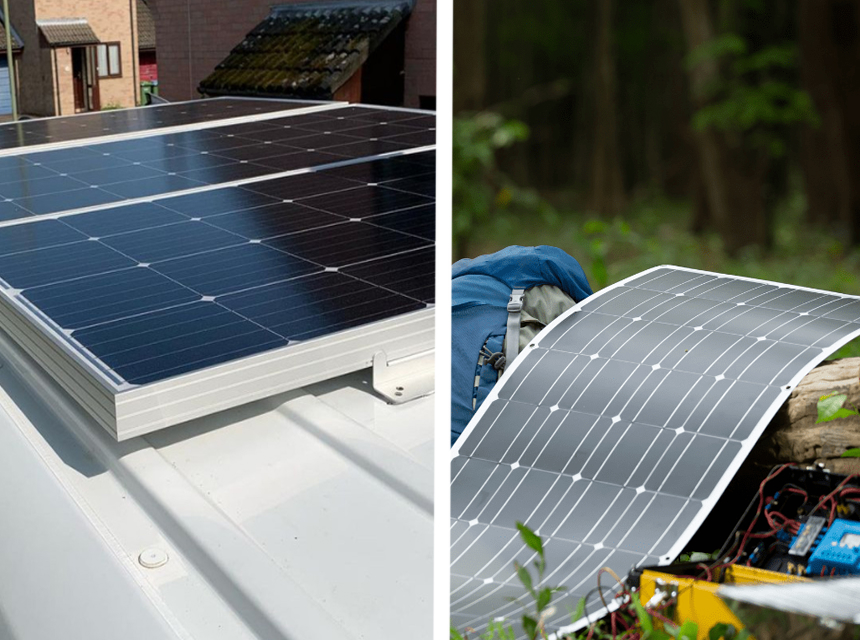
Finally, there are rigid solar panels and others that are flexible or simply called Flex. Rigid panels are the best known and probably the most used in everyday life. They are usually attached to the top of the vehicle or your home, using a mounting kit sold separately, and they will no longer need to be removed.
The flexible panels like the SunPower Flexible Solar Panel have the particularity of being very light, therefore portable, in addition to being able to bend up to 30 degrees. They are perfect for curved roofs and will ensure a flawless placement on the roof of your home.
If you are more nomadic and travel often, the rigid model of solar panel will probably be the most suitable. However, it would need to have weather protection for the panels to be durable. If you feel like you like the idea of being able to move your panel around and store it away, of course, you should go for the lighter models.
Some solar products like the BLUETTI SP200 are also foldable, being an assembly of several panels that you can fold on top of each other for easier transport.
Except for the type, there are other solar panel features worth considering if you want to get most of your solar panel during cloudy days.
Power is the first basic criterion that makes it possible to determine the performance and the efficiency of the best solar panel. You should know that most solar panels on the market have a nameplate that indicates the amount of energy they can produce.
The most common power rating you will find on the market today is between 100 and 350 watts. The higher the wattage, the more power they can produce and the more efficient they will be.
This is the amount of electricity produced relative to the solar energy received. Today, the majority of the best solar panels available on the market offer efficiency varying between 7 and 24%.
The technology used as well as the quality of the manufacturing materials, explain the difference between these values. A high efficiency rate proves that the solar panel will produce more kilowatt-hours of energy per watt of electrical capacity.
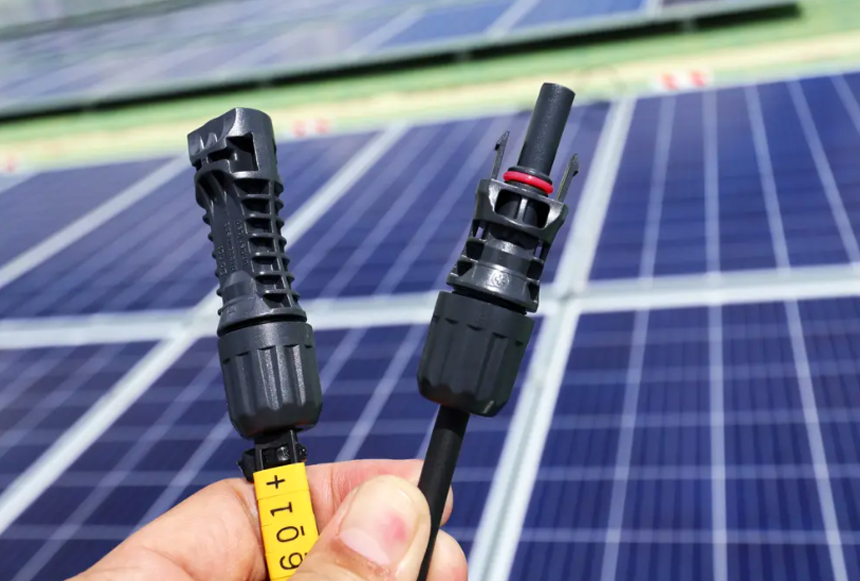
Solar connectors are responsible for simplifying the modular installations in your solar systems. The panel can be connected directly to power stations via the permanently integrated cable and a standard MC4 connector, for example. Meanwhile, panels with no visible connectors on the cells are quite aesthetic.
The controllers are equipped with multiple electronic protections, which, for example, protects against problems such as the case of overload in the system or short circuit. With some charge controllers, you can optimize the system up to 400 watts.
Size and weight are the first things you should consider if you are unsure of where to buy a new solar panel. The choice of this also depends on several parameters. It will be necessary to take this into account before making your choice. This is the case of the model’s power per square meter, which varies depending on the integrated technology. You will also need to determine how much energy you need.
To determine the size of the panel necessary for your home, you must also consider the rate of sunshine in your area. This is not all, as you will also need to consider the available surface on which you will be installing the hardware.
The mode of use will determine which size will be suitable for you. You shouldn’t bother about the size and weight of a roof-installed model. However, models needed for use on the go need to be smaller. Monocrystalline panels are smaller and more efficient and will be ideal for this.
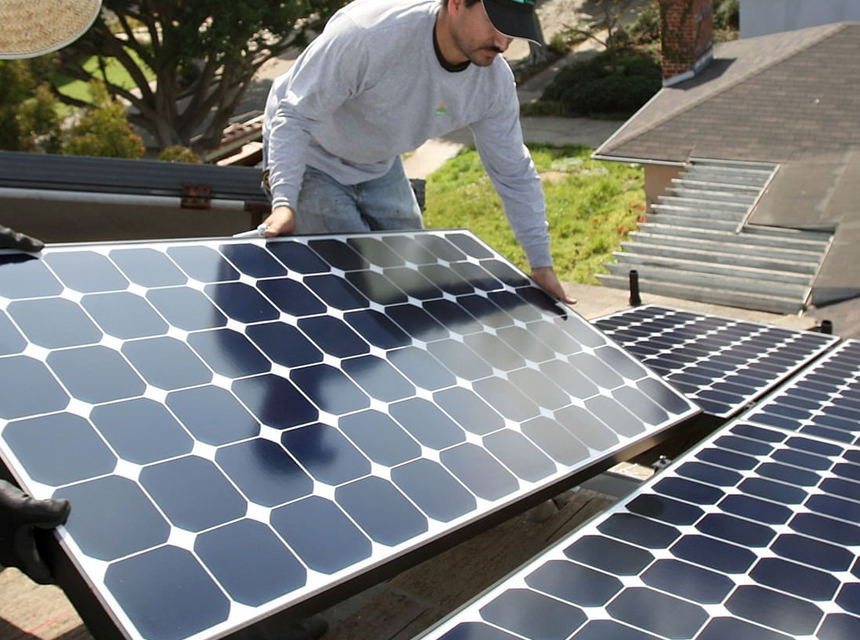
Aside from the size of the equipment, you should also make sure that it is easy to set up. It is a determining parameter during the acquisition of this material. There are professionals who specialize in the installation of solar panels. On the other hand, the ideal would be for you to be able to carry out this operation yourself. This way, you will not need to incur any additional expenses to pay for the intervention of an expert.
Preferably, a model with an extended warranty is preferred. Models with 15, 20, or 25 years have a guarantee of reliability of the panel. Meanwhile, you should note that there are models with poor warranty coverage of 1 to 2 years. If you check out other criteria and see that the warranty is the only aspect you wish could be better, you may still select it for purchase, provided it is well-built.
As earlier mentioned, monocrystalline panels are the most expensive and the most efficient. Meanwhile, the price can also be determined by the number of panels in a product sale. Some come with one to three panels; the more there are, the more you pay.
Our Editor’s Choice is the BLUETTI SP200 200W Solar Panel. Rated 9.9 out of 10, this is a solar power system with high-quality monocrystalline solar cells and an efficiency of over 23.5%. It’s, therefore, our choice of the overall best solar panel for cloudy days.
Rated 9.6, the SunPower Flexible 100W is our best monocrystalline solar panel. With its back rear contact technology, this flexible solar panel is suitable for all uses, whether mobile or fixed, inland or marine environment.
Finally, the Newpowa 100W is the best polycrystalline solar panel for cloudy weather. Rated 9.4/10, the product is a budget-friendly set of two photovoltaic solar panels.
